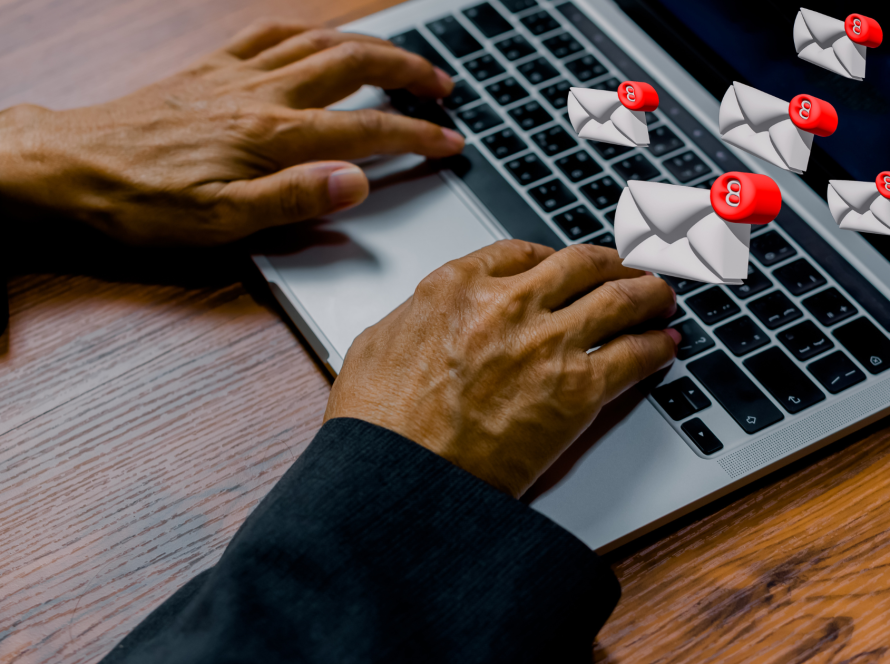Securing Your Digital Marketing Assets: A Comprehensive Guide
Are your digital marketing assets at risk?
Just as the legendary Fort Knox protects invaluable treasures, your digital marketing assets need robust security measures, too.
Whether it’s your website, social media accounts, or customer data, safeguarding your digital assets is crucial for the success and reputation of your business.
This comprehensive guide is tailored for you, covering everything from understanding your digital marketing assets to implementing secure practices.
You’ll learn how to identify potential threats, leverage cybersecurity tools, and update the security measures regularly.
So, let’s read on!

Understanding Digital Marketing Assets
Digital marketing assets1 are essentially your online marketing tools.
They include your website, social media profiles, email lists, blog posts, eBooks, infographics, and other content that promotes your brand on the Internet.
Think of these assets as your digital soldiers deployed across the vast battlefield of the internet.
Each one plays a strategic role in capturing the attention of potential customers and directing it towards your products or services.
Your website, for instance, is like your command centre. It’s where you house all your other assets, where you direct your traffic, and where customers can learn more about your brand.
Your social media profiles, on the other hand, are like your scouts. They’re out in the field, engaging with potential customers, gathering intelligence, and driving traffic back to your command centre.
Understanding how these assets work together can help you identify potential vulnerabilities, which you’ll need to address to secure your digital assets.
Importance of Asset Security
Digital Asset Vulnerabilities
Your digital assets’ security is paramount, as their vulnerabilities can pose significant risks to your marketing efforts.
On average, 33% of all digital folders at a company2 remain unprotected, with 96% of workstations insufficiently backed up.
Imagine the havoc if your customer database was breached or your website compromised. Such incidents can impact not only your reputation but also your bottom line.
Identify potential weak spots in your digital marketing assets early on so you can develop strategies to address them
Ensuring Business Continuity
Nearly all businesses rely heavily on their digital assets for day-to-day operations in the digital age.
Any disruptions to these assets, such as a website going down or a data breach, can result in significant downtime, loss of revenue, and potential damage to the brand image.
Maintaining Customer Trust
Finally, customers entrust businesses with their personal information and expect them to protect it.
If a business suffers a data breach, it can lead to a loss of customer trust, which is often more damaging than the immediate financial.

Upgrading Your Existing Digital Security Measures
Consider this: your assets are the foundations of your marketing strategies. If they’re compromised, your entire operation could suffer.
You can’t afford to let that happen.
Once you have a clear picture of your current digital marketing assets, you can tailor your security measures to these weaknesses.
How To Identify Potential Threats In Your Digital Marketing Assets & Secure The Assets
Understanding Your Digital Marketing Assets
Understanding your digital marketing assets is the first step towards identifying potential threats.
Take note of what digital marketing asset types are chosen and how they’re used.
This includes knowing who has access to them, how data is stored and transferred, and what security measures are currently in place.
Understand the value of these assets to your business, as this can help you prioritise your security efforts.
Identifying Threats to Your Digital Marketing Assets
Threats can come in many forms, including phishing attacks, hacking, data breaches, and malware.
They can target any part of your digital marketing infrastructure3, from your website to email campaigns. Unforeseen threats, such as natural disasters or hardware failures, can also pose a risk to your digital assets.
Regularly reviewing your security measures can help you identify potential threats.
This includes checking for vulnerabilities in your website, monitoring your networks for suspicious activity, and ensuring your data is securely stored and backed up.

Be Cautious of Insider Threats
While external threats are often highlighted, insider threats4 can be just as damaging.
These involve individuals within the organisation misusing their authorised access to cause harm.
Insider threats can stem from disgruntled employees, negligent staff, or third-party contractors. Identifying potential insider threats is essential to safeguarding your digital marketing assets.
To mitigate insider threats, implement strict access controls, ensuring that individuals can only access information necessary for their roles.
Regularly monitor and audit user activities, looking out for any suspicious behaviour.
Secure Your Website
Your website is the main gateway for your clients to interact with your brand.
Therefore, have an SSL certificate5 installed on your site.
SSL (Secure Sockets Layer) is a standard security protocol for establishing encrypted links between a web server and a browser, ensuring that all data transmitted remains private and integral.
Additionally, regular website updates and maintenance should be performed. This includes updating the website platform, plugins, and themes to their latest versions, as these updates often include critical security patches.
Protect Your Social Media Accounts
One of the simplest ways to protect your social media accounts is by using strong, unique passwords and changing them regularly.
Also, switch on two-factor authentication (2FA)6 any chance you get.
Think of 2FA as your personal security guard—it doesn’t just stop at asking for a password; it goes a step further.
It asks for another snippet of information that only you would know. It’s like your own personal secret handshake!
In addition, be cautious about who has access to your social media accounts.
Only trusted team members should have access, and their rights should be limited to what is necessary for their role. Regularly review and update these access rights.
Secure Your Customer Data
The data you collect from your customers is vital for your marketing efforts and needs to be protected.
Make sure that you’re collecting and storing data securely in a secure environment. This often involves using secure forms for data collection and encrypting data during transmission and storage.
Do ensure to comply with data protection laws and regulations, including the Malaysian PDPA 2010.
Protect Your Intellectual Property
Intellectual property, including your brand name, logo, and marketing content, is a valuable asset that needs protection.
Register your trademarks to legally protect your brand name and logo from being used by others without your permission.
Also, ensure that your marketing content is protected under copyright law.
While copyright protection is usually automatic, it may be worth registering your copyright for key pieces of content for added protection.
Evaluating Security Changes
Regularly assessing your security infrastructure means adopting a strategic approach involving scheduled evaluations and continuous monitoring.
This aids in spotting changes in the threat environment and adjusting your defences accordingly.
When you update your measures, don’t forget to document the changes, noting their effectiveness.
Remember, maintaining robust digital security isn’t a one-time task—it’s a continuous endeavour.
In Summary,
Securing your digital marketing assets is critical. Recognising threats and implementing secure practices is just the start.
And when breaches occur, swift response is key.
Remember, every step taken towards securing your digital assets is a strategic move towards safeguarding your brand and your business’s success.
Stay vigilant, stay updated, and, most importantly, stay secure.
We, at Grayscale, are here to help you protect your digital assets and ensure your business’s safety. Our cybersecurity experts and solutions enable your business to stay secure in the digital age.
Contact us today at enquiries@grayscale.my to get started.
References
1 WebFX. (2022, May 20). What Are Digital Assets & How Should You Manage Them? WebFX. Retrieved December 21, 2023, from https://www.webfx.com/digital-marketing/glossary/what-are-digital-assets/
2 Branka. (2023, January 7). 11 Data Loss Statistics to Know in 2023. TrueList. Retrieved December 21, 2023, from https://truelist.co/blog/data-loss-statistics/
3 Mangwani, A. (2021, March 16). Top 7 risks associated with digital marketing. IRM India Affiliate. Retrieved December 21, 2023, from https://www.theirmindia.org/blog/top-7-risks-associated-with-digital-marketing/
4 OpenText. (n.d.). What is an Insider Threat? Definition, Types, & Examples. OpenText. Retrieved December 21, 2023, from https://www.opentext.com/what-is/insider-threat
5 Digicert. (2021, January 4). What is an SSL Certificate? DigiCert.com. Retrieved December 21, 2023, from https://www.digicert.com/what-is-an-ssl-certificate
6 Authy. (2018, June 5). What Is Two-Factor Authentication (2FA)? Authy. Retrieved December 21, 2023, from https://authy.com/what-is-2fa/





1 Comment
Gluco Relief Supplement Side Effects
I just like the helpful information you provide in your articles
Comments are closed.